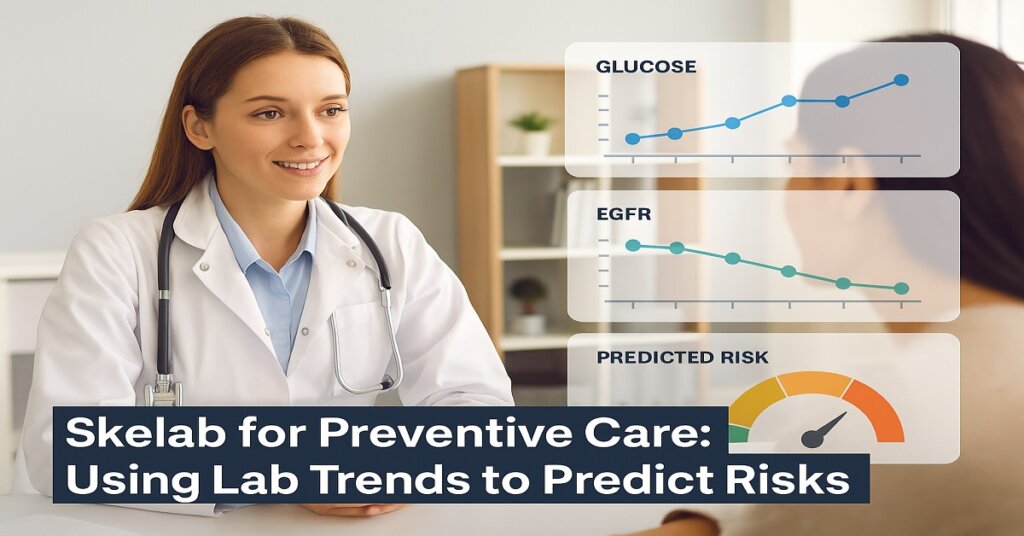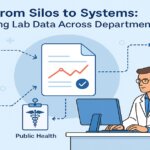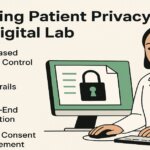
Skelab for Preventive Care: Using Lab Trends to Predict Risks
In healthcare, prevention is always better than cure—and in today’s data-rich clinical labs, we have more power than ever to predict health risks before symptoms appear.
But raw lab results alone don’t tell the full story. It’s the patterns over time—rising glucose, shifting kidney markers, repeated borderline results—that often hold the earliest signs of disease.
That’s where Skelab’s lab trend tracking and predictive tools come in. By turning scattered test results into clear, actionable insights, we help labs shift from reactive to proactive healthcare.
🔍 The Problem with “One-and-Done” Diagnostics
Too often, lab results are viewed in isolation—one blood test, one snapshot, one moment in time. This can cause early signals of chronic conditions or emerging diseases to be overlooked.
Examples:
- Slightly elevated cholesterol three tests in a row
- Fluctuating liver enzymes suggesting early damage
- A downward trend in hemoglobin hinting at slow anemia
When labs lack tools to connect the dots over time, opportunities for prevention slip away.
📊 How Skelab Helps Labs Predict Health Risks Early
1. Longitudinal Patient Tracking
Skelab organizes and visualizes a patient’s test history across months or years. You can easily view:
- Trends in glucose, creatinine, cholesterol, etc.
- How markers are evolving across visits
- Whether values are creeping toward risk thresholds
✅ Ideal for chronic disease monitoring (e.g., diabetes, CKD, CVD)
2. Trend-Based Flagging
Beyond fixed normal ranges, Skelab can detect significant changes within a patient’s normal range. For example:
- A 25% drop in white blood cells over 2 months
- A gradual rise in protein levels that may indicate kidney stress
🚩 These subtle flags help clinicians act before conditions escalate.
3. Population Health Insights
With Skelab’s built-in analytics, lab admins and public health officials can view emerging risk trends across:
- Age groups
- Communities
- Corporate wellness programs
📍 Spot regional vitamin deficiencies, elevated LDL in young adults, or emerging infectious markers early.
4. AI-Assisted Predictive Suggestions
Skelab can suggest additional tests based on lab patterns. For instance:
- Rising A1C → recommend fasting glucose
- Fluctuating liver markers → suggest hepatitis screen
🧠 Helps clinicians consider next steps without delay.
5. Patient-Facing Reports for Lifestyle Guidance
With Skelab, labs can generate summary reports for patients showing:
- Trends over time
- Simple color-coded risk zones
- Suggested preventive actions (e.g., recheck in 3 months, dietary consult)
This makes lab data not just diagnostic, but educational.
🧠 Why This Matters
Predictive diagnostics can:
- Reduce hospitalization rates
- Lower the burden of chronic disease
- Improve population wellness
- Empower patients to act early
- Support value-based care models
And it all starts with one thing: smart lab data management.
❤️ Final Thought
Skelab isn’t just for results. It’s for revelations.
By helping labs and clinicians see beyond today’s numbers—and into tomorrow’s risks—we turn data into prevention, and tests into transformation.
Because sometimes, the best treatment is the one you never need.





